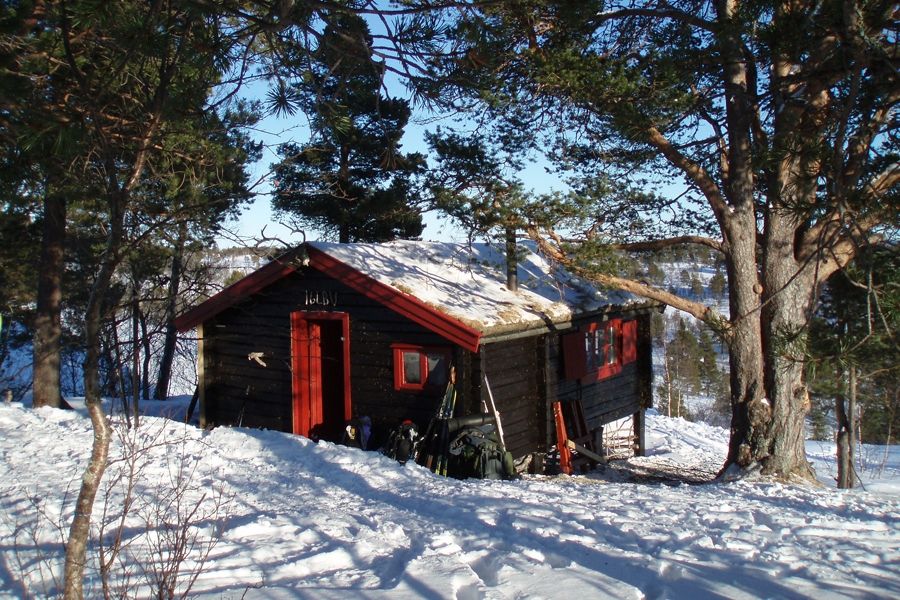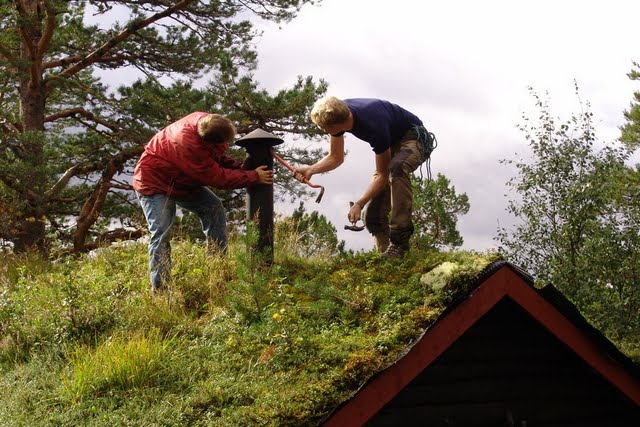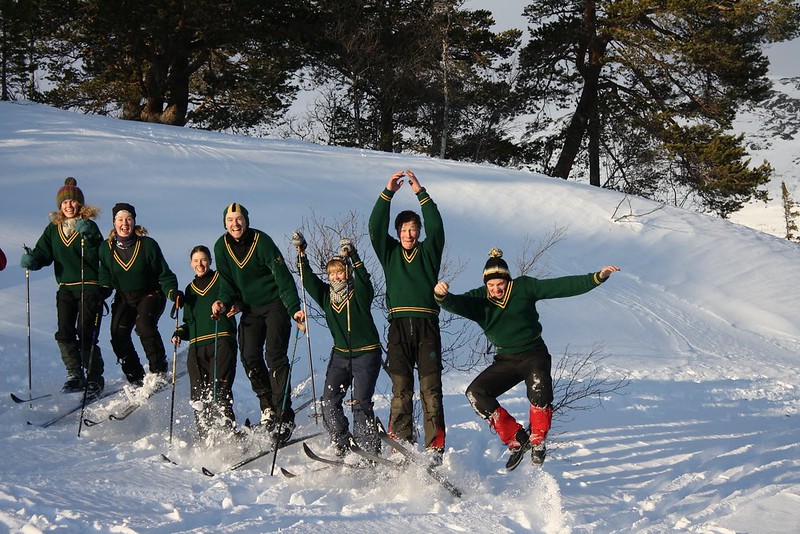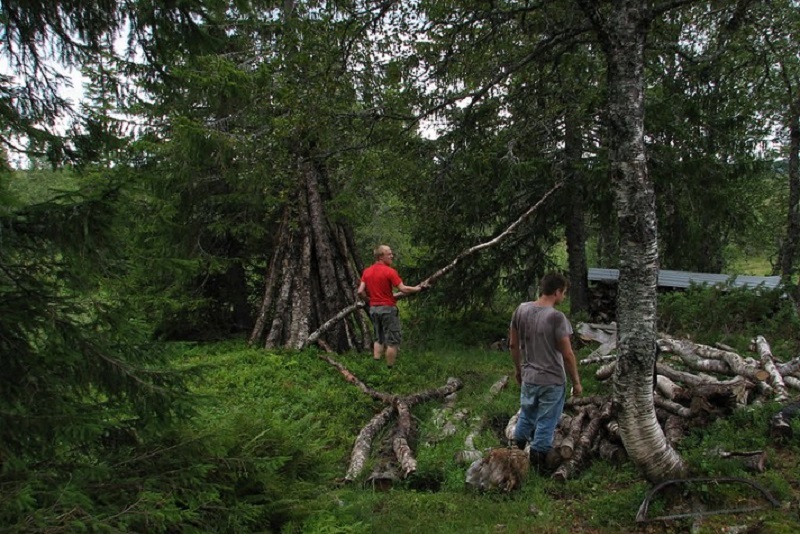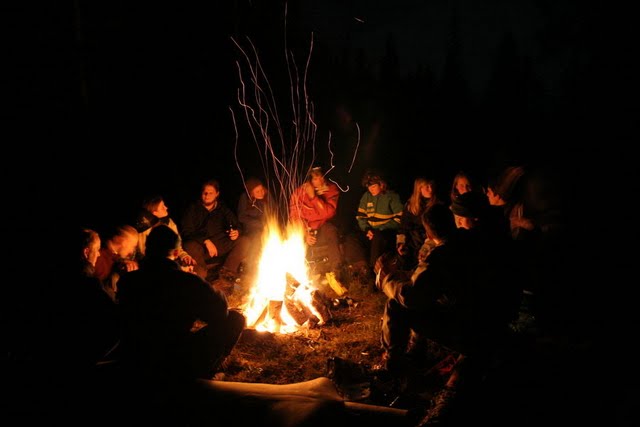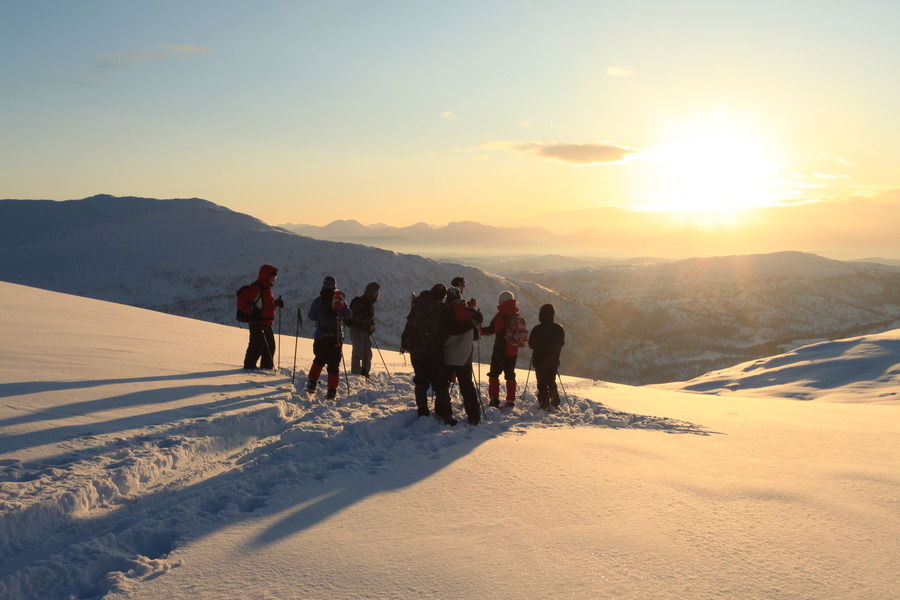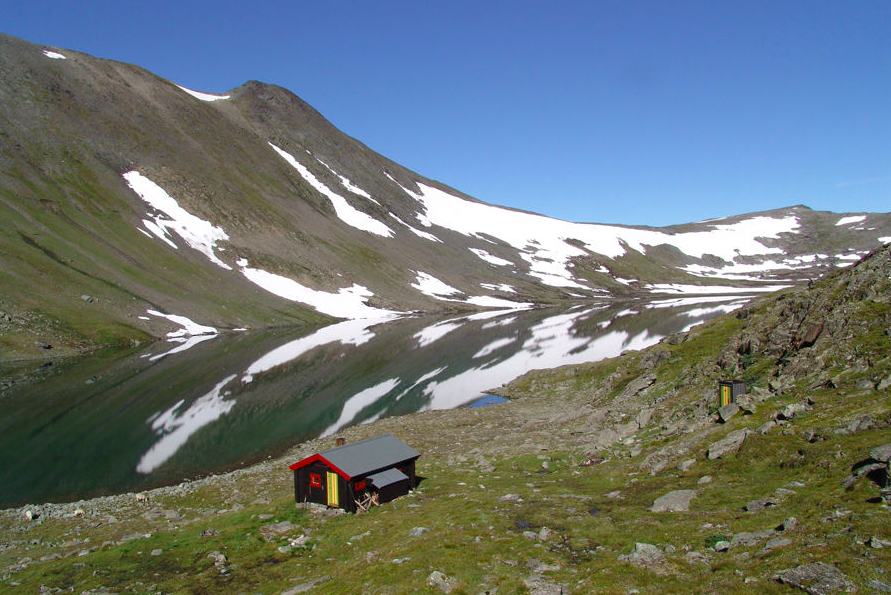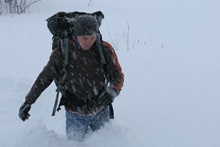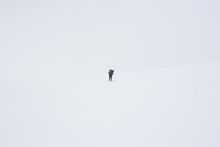Important information before a cabin trip
As beautiful and friendly as the Norwegian mountains can be, they can also be inhospitable and dangerous, with the weather changing completely in only a matter of minutes. If you choose to fight nature you are bound to lose, so don’t. To stay safe, it is extremely important that you take the advice given here seriously, and that you prepare well for your cabin trip. Do not conclude from one easy trip that all are like that. Cabins, paths, daylight and weather conditions vary quite a lot!
Own skills and expertise
Leaving for a trip in the Norwegian nature requires good planning and preparation for both terrain, tracks and weather. Primarily your own skills and expertise must be taken as base for the decision on what kind of trip you can leave for, the distance you manage to walk aside paths and the weather conditions you are prepared for. Check the degree of difficulty and travel time to be able to choose a suitable cabin for your group. Always remember that you have to think about your own as well as your friends security in the mountains!
Checklist
- Are you and your friends fit enough for the planned trip?
- Do you have the right and proper equipment?
- Are you familiar with map & compass?
- Have you read the cabin description and know how to get to the cabin and back again?
- Have you checked the weather forecast?
Please help us avoid any kind of dangerous situations in the mountains!

Norwegian mountain code
- Plan your trip and inform others about the route you have selected.
- Adapt the planned routes according to ability and conditions.
- Pay attention to the weather and the avalanche warnings.
- Be prepared for bad weather and frost, even on short trips.
- Bring the necessary equipment so you can help yourself and others.
- Choose safe routes. Recognize avalanche terrain and unsafe ice.
- Use a map and a compass. Always know where you are.
- Don't be ashamed to turn around.
- Conserve your energy and seek shelter if necessary.


In case of emergencies
If you or your friend gets hurt and need help, try to contact people nearby. Be sure that the injured person is stabilized and in good condition before you leave, and will be so until you return. Be prepared for that your mobile phone might not work in the mountains! Watch out for small hills or mountain tops in the area where you might get mobile reception. In case of emergency, call 112 for the police who will coordinate any rescue operation with the main rescue centre.
Each cabin is equipped with a first aid kit and you will also find an emergency note where GPS coordinates for the cabin are given. Please communicate these coordinates to the police so they are able to find you as soon as possible.
Issues in winter
No joke, snow is fun, but it can also be quite exhausting! Even if Trondheim is free of snow there might be one meter or more not far away in the mountains. Bring skis or snowshoes on cabin trips in winter, and please don't leave in sneakers! Be aware of more advanced orientation conditions in winter - you might not be able to find the rivers, paths and lakes around you.
Crossing the mountains or areas above the timber line can be hard in bad weather conditions. "Whiteout" is a weather condition in which visibility and contrast are severely reduced by snow and diffuse light through overcast clouds. This is especially important when planning a trip to Kamtjønnkoia.
You can find many stories in the cabin books from groups trying to find a cabin in darkness. This is not always easy. Therefore plan more time for your trip than you would expect. Orientation in darkness is not recommended if you are not experienced!
Snow conditions and walking times
Snow conditions can vary greatly throughout the season and in different locations. Generally, one can expect to find snow in the mountains from November through April, but this varies widely and is only a rule of thumb. Sometimes it might be icy and easy to walk on the snow without skis, on other occasions it will be almost impossible to move without skis. The cabins generally have no scooter tracks you can follow, and the time required to reach the cabin will depend heavily on snow and weather conditions and skiing experience.
Estimate of typical walking times
(referred to walking in summer)
| Conditions | Expert | Beginner | No skis (stupid) |
|---|---|---|---|
| Deep snow (common) |
2-3x | 3-6x | ∞ |
| Compact snow | 1x | 2-4x | 5-10x |
| Ice crust/scooter tracks (rare) |
0.5-1x | 2-3x | 2-3x |
Avalanches
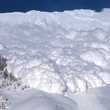
The risk for avalanches is very dependent on the stability in the snow layers and is in general higher in steeper terrain. Often, a slope of 30° and more is referred to where avalanches normally start. When using a standard 1:50'000 map with equidistance of 20m, if the lines representing altitude are less than 1mm apart, it is steeper than 30°. Find a place of ascent/descent that is less steep. Be aware of that an avalanche can go three times as far as the height of the hill.
Webpage with detailed and updated avalanche forecast: www.varsom.no
Snowblindness

Snowblindness is caused by too much light entering the eye due to the snow reflecting light from the sun. Snowblindness is very uncomfortable, but is easily avoided by wearing sunglasses that cover your eyes well. If your eyes are getting sore, this is a sign of developing snowblindness, and it will only get worse if you don't take action. Put on sunglasses, or use a scarf etc. to cover your eyes apart from a small opening. Snowblindness can make you more or less blind, but if you avoid strong light it will be gone after a few days.
Frostbites
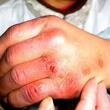
In windy or very cold weather, check each others faces for blue or white spots indicating frostbite. If such spots appear; DO NOT RUB! Heat the area slowly with your body or a soft blanket. Avoid using boiling water etc. Cheeks against the palm of your hands, hands under your armpits, feet against someones stomach. Face, fingers and toes are the greatest risks.
Staying warm inside the cabin
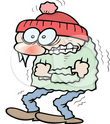
When you get to the cabin, change your clothes, including underwear, even if you don't feel wet. Drink sufficient amounts of water. If you are dehydrated you will have more trouble keeping warm. Wear a cap when you are sleeping, and don't wear socks that are tight around your ankles. They will hamper the bloodflow, and make it more difficult to keep your feet warm. And last but not least, before you go to bed, move around a bit. Don't go to bed feeling really cold.

